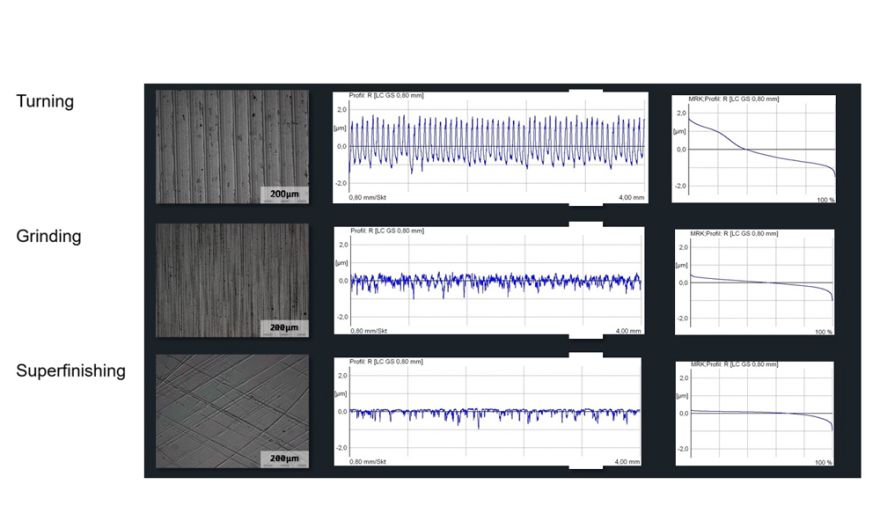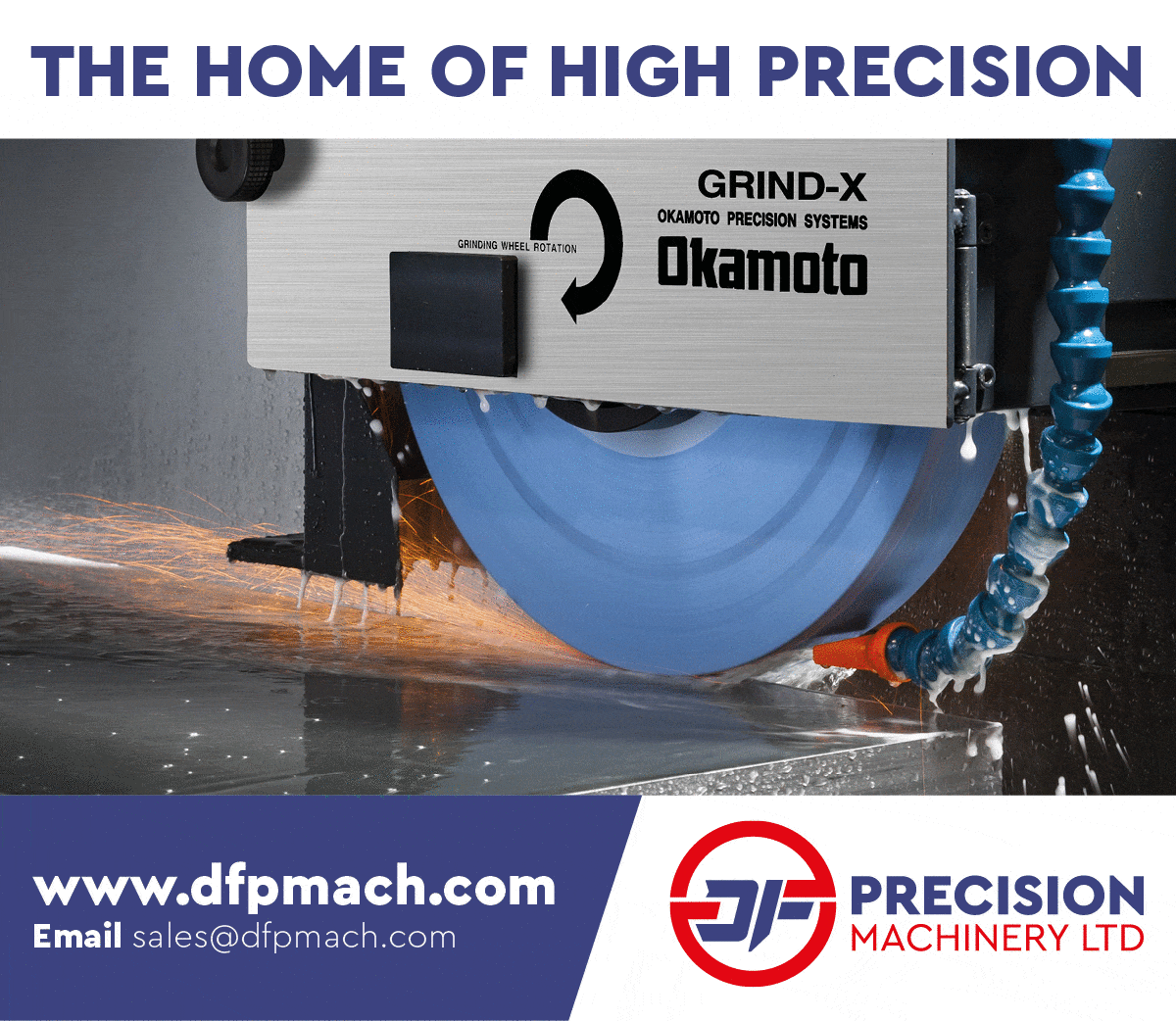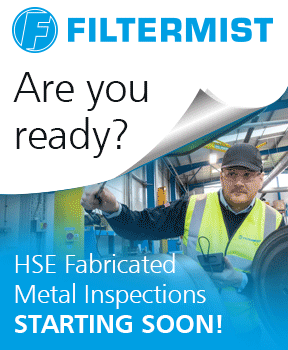Optimised surfaces for high-performance and long-lasting components
Published:

The choice of the right machining process significantly impacts the quality and lifespan of technical components. In many industrial applications—ranging from automotive and aerospace to energy generation—precisely machined components are essential for minimizing friction and wear. Optimized surface characteristics can make components more compact, efficient, and durable.
The Impact of Machining on Friction and Wear
A comparison of turning, grinding, and superfinishing reveals significant differences in frictional properties, wear behavior, and surface topography.
Turning is a conventional cutting process with defined cutting edges, allowing for efficient material removal. However, it tends to leave a relatively rough surface structure. This can be problematic in sliding and rolling contacts, as the load-bearing surface area is often only around 40%.
Grinding significantly improves surface structure, increasing the load-bearing ratio to approximately 70%. However, the high temperatures generated in the grinding zone—where coolant is often ineffective—can induce tensile residual stresses in the surface. Additionally, the formation of a "soft skin" (temperature-induced material property alteration) may counteract the advantages of a better load-bearing surface, ultimately accelerating component wear.
Superfinishing addresses these challenges by combining high surface quality with minimal thermal stress. Operating at very low cutting speeds, this process raises the workpiece temperature by only a few degrees. The tools maintain continuous contact with the workpiece surface, creating an exact topography with a high load-bearing ratio through overlapping movements. Surfaces with a plateau structure offer particular advantages, forming oil retention pockets that enhance sliding and rolling friction properties.
Superfinishing: Precision Meets Cost-Effectiveness
Superfinishing offers numerous advantages but does not achieve the high material removal rates of hard turning or grinding. Consequently, it is primarily used as a finishing process. To maximize cost efficiency while ensuring outstanding component quality, parameters such as feed rates, dressing cycles, and tool change intervals can be optimized, and surface roughness can be adjusted. Additionally, superfinishing significantly reduces the geometric accuracy requirements of prior machining steps—a crucial advantage in production workflows.
A standout feature of superfinishing is its robustness against fluctuating input tolerances. This ensures consistent process reliability and top-tier surface quality. The results speak for themselves: reduced friction losses, lower heat generation during operation, and extended component lifetimes. This not only translates to reduced maintenance and lower operational costs but also enhances reliability—a critical factor in industries where downtime is costly.
Practical Applications: Energy and Medical Technology
The benefits of superfinishing are particularly evident in applications demanding maximum efficiency and durability. In energy generation, such as offshore wind farms, components must operate reliably for decades under extreme conditions. A prime example is large rolling bearing components, where superfinishing achieves roundness values of 1 µm and surface roughness below Ra < 0.2 µm. Such precision minimizes maintenance requirements and prevents costly downtime.
In medical technology, implants like artificial hip joints benefit from highly polished, finely machined surfaces. These reduce deposits, facilitate cleaning, and lower infection risks. For instance, roundness values of 0.5 µm are achieved, and surface structures become measurable only through advanced reflection systems.
Striking the Right Balance Between Technology and Cost Efficiency
"The selection of optimal superfinishing parameters, tool types, and processing solutions depends on the preceding machining process and the specific application requirements. Our goal is to work closely with customers to find the ideal balance between technical feasibility and economic efficiency," explains Christian Feuchter, Project Manager & Technical Sales. To achieve this, modern machines, precise measuring instruments, and experienced specialists are at their disposal.
Thanks to superfinishing technology, friction losses are minimized, heat generation is reduced, and component lifetimes are significantly extended. In industries where maximum precision is essential, this process provides a decisive competitive advantage.
Nagel Technologies GmbH www.nagel.com
Quick Links
Telephone
Published By
Roger Barber Publishing
4 Mayfair Court
Cleethorpes
South Humberside
DN35 0QG
© Copyright Roger Barber Publishing , all rights reserved.
Terms and Conditions apply. This website uses cookies, click here for blocking details. Our Privacy Policy is available here.

